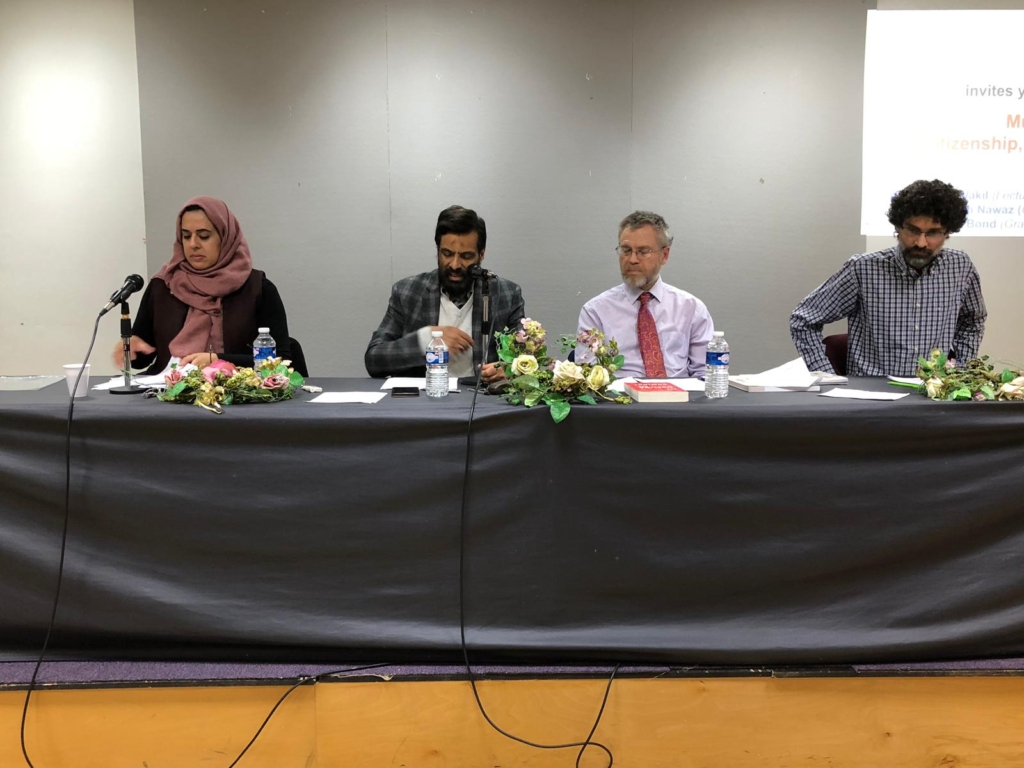According to financial experts, given the huge inflow of cash due to higher crude prices in the global markets, the current account surplus of the six Gulf countries will soon touch the $ 3 trillion mark.
"The most formidable challenge facing the GCC states is dynamic management of their reserves, which are likely to soar to an astronomical $ 3 trillion, larger than all of Asia, by the end of the decade. However, handling the massive wealth in a prudent way poses a big challenge," said Mohsen Fahmi, from the US-based Moore Capital Management, while addressing a conference on ‘Enriching the Middle East’s Economic Future’ in Doha recently.
While the IIF report attempted to assess how the GCC countries had deployed their "oil windfall" in recent years, Fahmi urged GCC countries to use these reserves productively within the region and globally. "To invest this much money ($ 3 trillion), you have to be a leader. So, try and invest in avenues like education," Fahmi said.
Citing an International Monetary Fund (IMF) report on the region, he said with the oil income of the GCC states increasing due to higher crude prices, their spending also increases. However, before you invest in setting up centres of higher learning like a university, invest in primary and secondary education, since universities would be requiring qualified teachers and quality students, he said.
Making a comparison between the earlier oil booms in the 1970s and 80s and the current one, Koch-Weser, a former German deputy finance minister and presently vice-chairman of Deutsche Bank, said that the former did not have any lasting impact on the region since they were short-lived.
"The current boom is radically different in the sense that the GCC states are investing in crucial assets like social, financial and physical infrastructure and creating a social safety net. And a noticeable shift in investment is being witnessed and it is flowing eastwards and not westwards, as has been the case earlier."
Koch-Weser said that it is expected that over the next five years, Gulf investors will pump close to $ 250 billion worth of investments in Asian nations.
The IIF report noted an "extraordinary deficiency" of information on the capital flows and foreign asset holdings of the GCC’s members, namely Bahrain, Kuwait, Oman, Qatar, Saudi Arabia, and the UAE. As well as traditional dollar investments, the IIF said evidence also suggested the six countries had "a strong interest in investments in emerging markets, particularly in the Middle East region and east Asia." The UAE, Saudi Arabia and Kuwait account for the bulk of the GCC’s $ 1,550 billion of foreign asset holdings, according to the IIF. The overall holdings represented 225 per cent of the GCC’s gross domestic product while China’s foreign reserves represented 42 per cent of GDP. More generally, the IIF said that private capital flows to emerging markets were on track to match last year’s record of more than $ 550 billion, a sign of a generally positive economic environment.
Josef Ackermann, chairman of the IIF’s board of directors and of Deutsche Bank’s management board, said there were vulnerabilities in the economic outlook.
"There are risks and uncertainties and it is especially important at this time that borrowers and investors alike pursue prudent risk management," he said.
William Rhodes, senior vice chairman of the IIF and of Citigroup, added: "Due to high levels of liquidity and the chasing of yield, we are seeing a lack of differentiation in the pricing of various financial assets in global markets today. The time has assuredly come when investors need to differentiate much more carefully between various types of risks, and to price risks according to fundamentals."
Ackermann said the scale of the private sector’s investment in emerging markets meant it had a major role to play in crisis prevention.
The IMF estimates that annual current account surpluses could rise above $ 300 billion as long as crude oil prices average $ 60 a barrel, meaning that almost a trillion dollars of Arab petrodollars could well “seep” into the global markets. "Yet, unlike the situation in the 1970’s, petrodollars will not be passively recycled via international money centre banks into Latin America," said Matein Khalid, an investment banker based in Dubai.
"Gulf petrodollars have stimulated an asset bubble in the GCC and peripheral. Arab stock markets and reinvented property finance in the GCC have led to a proliferation of new funds, merchant banks, mergers and acquisitions in blue chip listed Western companies (as DP World proves, along with all their attendant political fallout). They are increasingly deployed in Asian emerging markets such as India, Pakistan, Malaysia and China," he said.


